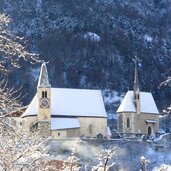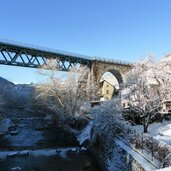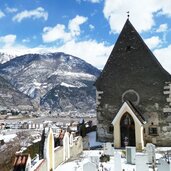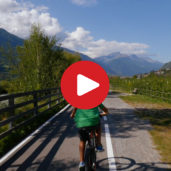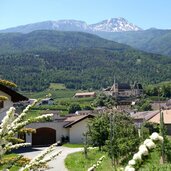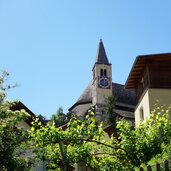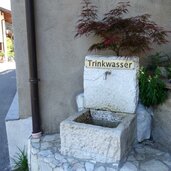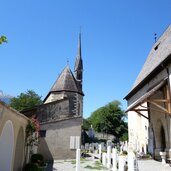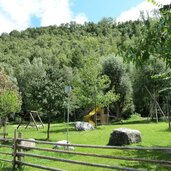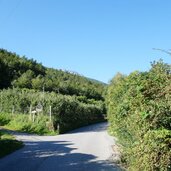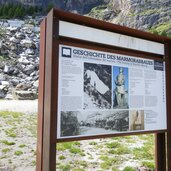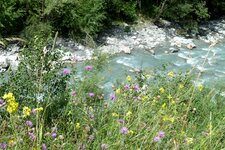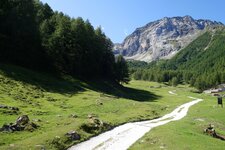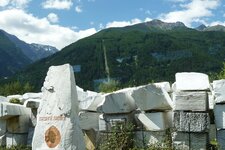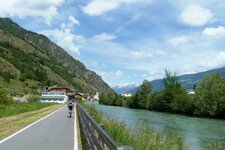Covelano and its marble are inextricably linked: Guided marble hikes show you the old quarry sites
Image gallery: Covelano
Several places are known by the name Covelano (Göflan), situated at the foot of the wooded Monte Tramontana: the village, the Covelano Mountain Hut, and the nearby lake. These are delightful hiking destinations in the Stelvio National Park - the famous marble quarry is also one of them.
All these locations can be explored on a single hike or mountain bike tour. It leads from Covelano up the slopes to Lake Covelano and then follows the Marble Trail to the highest marble quarry in Europe at an altitude of 2,250 metres. The still active quarry sites are located at the foot of the Hörnele and the Croda Jenne (Jennwand), rock faces that reach up to almost 3,000 metres.
They are recognisable by the cut marble blocks. Old buildings such as the Wantlhütte at the "Wantlbruch" site or the machine house are still well preserved, and information boards recount the history of marble quarrying. Today, an inclined railway transports the white stone down into the valley, from where it is shipped all over the world. The Lasa and Covelano marble is considered one of the purest and hardest types of marble and is highly valued everywhere.
Covelano, at an altitude of 755 metres, lies on the right bank of the Fiume Adige, below Corces and Silandro paese. Contributing to its special atmosphere are not only sights such as the Parish Church of St. Martin and the late Gothic cemetery chapel, but also the orchards on the valley floor and traditions that are still alive today. One of these is Scheibenschlagen, the Disk Flinging, an ancient fertility custom: A Swiss pine disc is dedicated to a specific person and, after a prayer, is flung, burning, into the valley. As a reward, the thrower receives an Easter egg.


